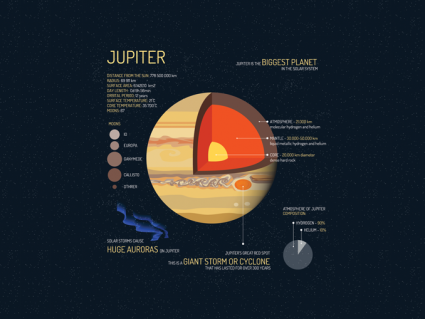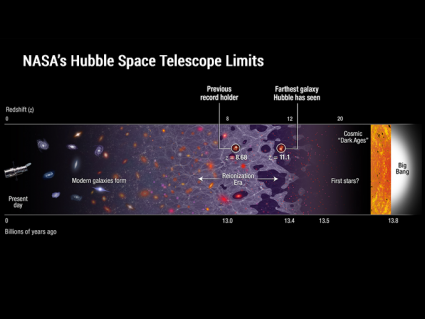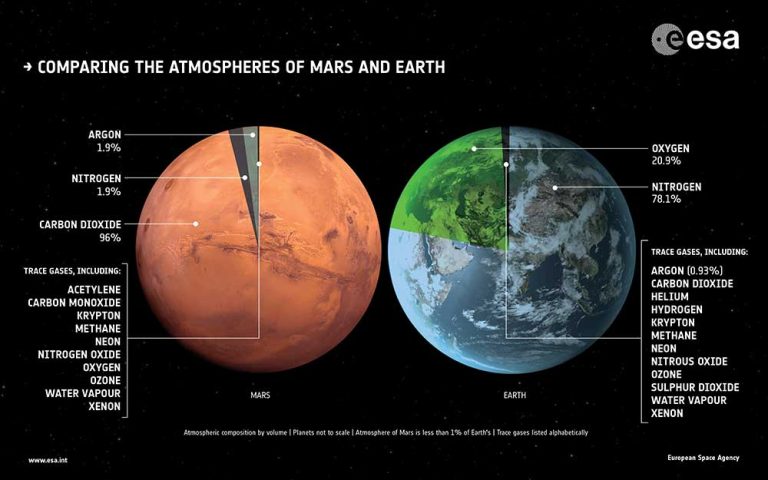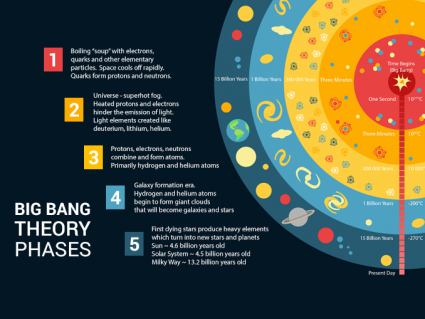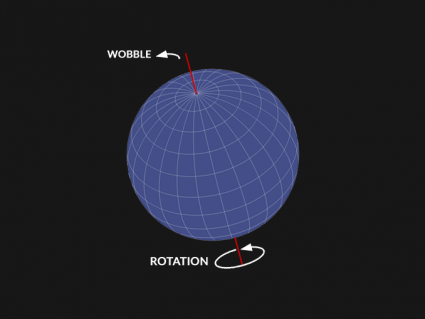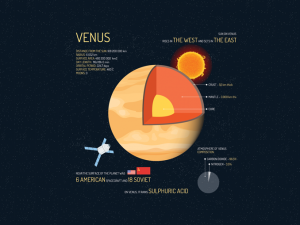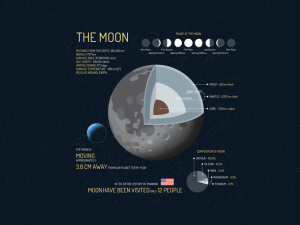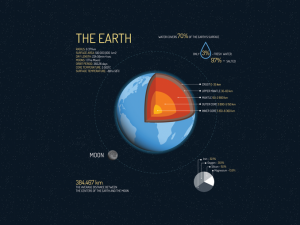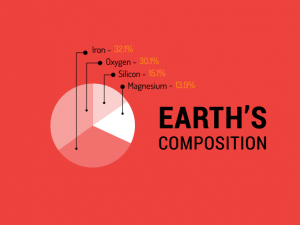Near Earth Objects (NEO): Are We at Risk of an Impact Collision?
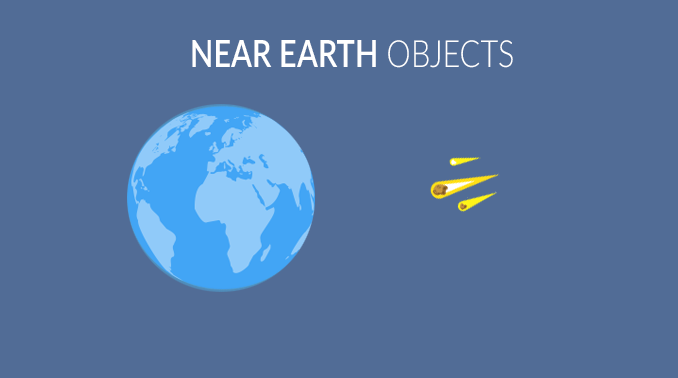
Near Earth Objects (NEO)
For example, asteroids, comets, and meteors pose a potential risk if their orbit brings them closer to our proximity.
- Are there any near-Earth objects on a collision course with Earth?
- And are there any defense systems to combat them?
We’ll review the risk and defense to intercept a potential collision.
“Near Earth Objects (NEO) are debris in space at risk colliding with Earth.”
Are we at risk of an asteroid strike?
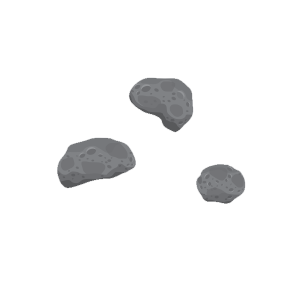
Simply, no. We’re not at risk of getting hit by a near-Earth object. In fact, there are no known significant asteroid risks of impact on Earth over the next 100 years.
We know this because the Jet Propulsion Laboratory tracks all known risks.
The biggest risk of an asteroid impact is less than 0.2% which will be in Earth’s proximity in 2185. If you look over the next one thousand years, there are only a handful of dinosaur-killing scale threats.
How do we know where near-Earth objects are?

We mostly use ground-based and space telescopes to find near-Earth objects. But there’s some uncertainty if we can spot them all with 100% certainty.
Part of the reason is that ground-based telescopes have limited viewing angles. Because it can’t see in some directions, we miss out on the potential to track some objects in space.
In order to get the whole picture, space telescopes like NEOWISE have more potential for asteroid findings.
What is the most deadly impact ever recorded?

The biggest NEO that struck Earth was the Tunguska impact in 1908. No people died from the impact but it leveled 2000 square kilometers of forests in Siberia.
And the thing is: the impact never actually struck the Earth. Because no remains have been found, it’s believed that the comet or asteroid exploded in the atmosphere.
But if the incoming trajectory took a different path, it would have been devastating for the capital of Russia, St. Petersburg.
As strange as it sounds, after the Tunguska event it took a while to figure out that there was an impact at all. Almost as if it didn’t happen, until people realized the flattened trees.
“In 1908, the Tunguska impact flattened 2000 km2 of trees in Siberia, Russia. This was the deadliest impact ever recorded in Earth’s history.”
What is the DART Mission?
NASA is preparing for one of its largest defense systems called the “DART” mission. DART stands for “Double Asteroid Redirection Test”.
The goal of the mission is to intercept any near-Earth object collisions with Earth through a “kinetic impactor technique”.
By colliding into the moon of an asteroid, it’s possible to redirect a crash course into Earth. The test is on an asteroid called Didymos. At the time of the collision with Didymos, the impact will be at least 11 million kilometers away from Earth.
“Contributing makes me feel like I’m being useful to the planetThe DART Mission is a project that NASA is conducting that will intercept any NEO collisions from space.”
Near Earth Objects (NEO)
Near-Earth Objects (NEOs) are asteroids and comets with orbits that bring them into close proximity to Earth.
They pose a potential impact hazard and are therefore closely monitored by astronomers and space agencies.
Do you have any questions or comments? Please feel free to use the comment form below and let us know what’s on your mind.

